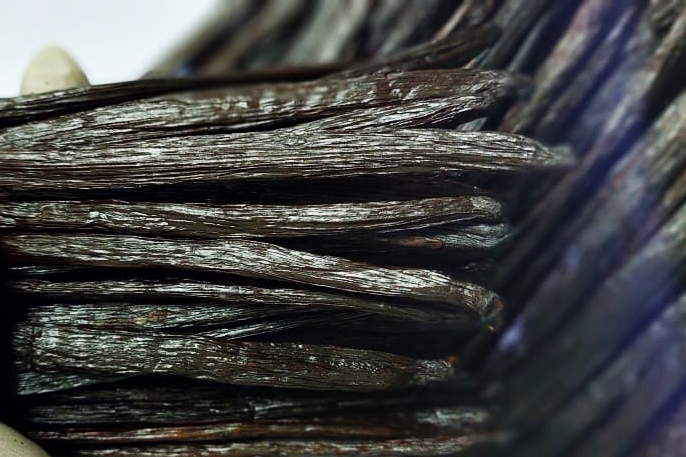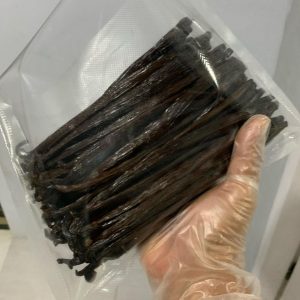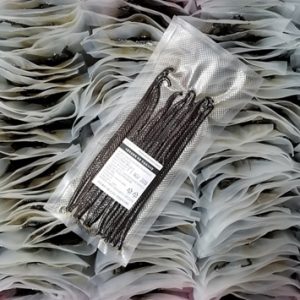Gourmet Vanilla

Gourmet vanilla is different from the vanilla you find on grocery store shelves, including where it came from, how it was processed, and even what’s it made of. But the most important differences are flavor, richness, and value.

What makes it Gourmet Vanilla?
The most important characteristic is that it’s real vanilla, produced from the seeds found in the bean pods of the vanilla planifolia orchid. Vanilla orchids thrive in a very limited tropical area near the equator, and though it’s originally native to Mexico, most vanilla sold today is grown in Madagascar or Indonesia.
The process of growing, harvesting, and processing vanilla takes a lot of time; it can be several years before new vines even flower. When beans are finally produced they must ripen on the vine for many months, and after harvesting the beans must be aged and cured to develop flavor and fragrance. All processing, including harvesting, must be done by hand, which makes vanilla the single most labor-intensive agricultural crop in the world.
It’s estimated that a total of only about 1400 tons of processed natural vanilla is produced every year.
More than 95% of vanilla is synthetic
The worldwide commercial demand for vanilla is tremendous, far outstripping the supply of natural vanilla. The difference is made up by artificial vanilla, which is based on a synthetic substance called Lignin Vanillin. From the 1930s until recent years, most Lignin Vanillin used in the US was created from a waste product of the paper-producing industry, chemically treated to imitate characteristic vanilla fragrance and flavor. Some Lignin Vanillin is still derived from wood pulp waste, but most used today is chemically synthesized.
Big difference in price, but even bigger differences in flavor and intensity
Artificial vanilla is much cheaper than natural vanilla, but connoisseurs and culinary experts agree that even the best imitation can’t deliver the intensity or the depth, complexity, and purity of flavor that makes natural vanilla one of the most intriguing and sophisticated tastes.
Nautral vanilla flavor is often described as “deeper” and more full-bodied than that of imitation vanillin, but at the same time it is also more delicate and complex. More than 250 naturally occurring compounds work together to give natural vanilla its distinctive taste and aroma.

Gourmet vanilla is available in several forms, including whole beans, ground beans, extract, paste, flavoring, and even a vanilla powder.
